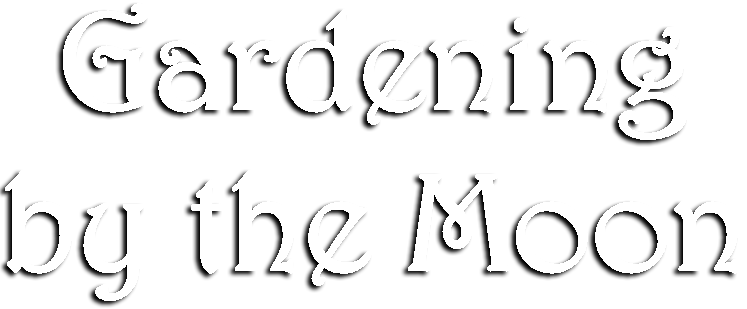What’s In A Moon Calendar?

how does Gardening by the Moon stack up against similar calendars?
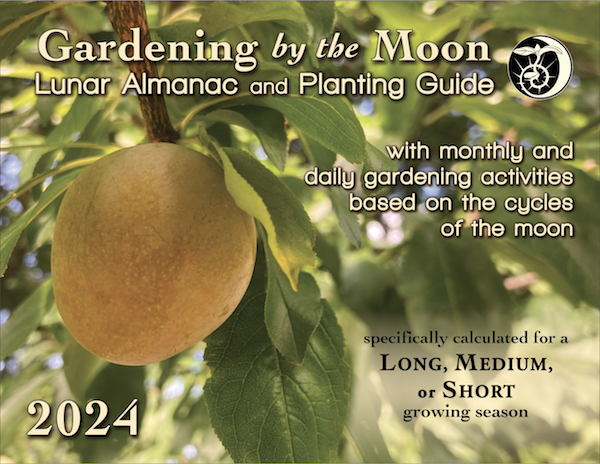
I’ve said it before and I’ll say it again—I was Caren’s customer for years before Gardening by the Moon was my job. I would never be making or selling the calendar if I didn’t believe in it so much from the beginning. Gardening by the Moon, as Maxx and I inherited it, was already the best planting by the signs calendar or lunar almanac available by my estimation, or I would not have wanted to buy it—not that we’ve been content to rest on Caren’s laurels!
I don’t make this assertion from nothing—before settling on Gardening by the Moon as a customer, I tried different almanacs and moon calendars and while they all have different strengths, ours combines accuracy, thoroughness, and ease-of-use.
Some almanacs contain information besides moon planting information, and in fact I buy one of them each year for their long-range weather forecast, so I don’t write this to say the other publications aren’t good or can’t offer anything. But I believe firmly that Gardening by the Moon is the best calendar or almanac for gardeners in print today, and offers the best bang for your buck, by having the most complete, accurate, and easy to interpret information of any lunar almanac currently in print in the US or Canada. I have no wish to start fights online, so while I did look through my collection of old moon calendars and almanacs while writing this, I will not be naming any of them or using identifiable photographs.
Gardening by the Moon is the best calendar, lunar almanac, or planting guide for gardeners in print today
Photography
Other wall calendars are available for the same price as ours which also feature garden photography, but which include no gardening advice. These calendars have 28 pages, where ours has 32. The quality of the paper differs as well— most hanging wall calendars are printed on hard-to-write-on high gloss paper, but we’ve chosen a still durable but easier to write on silk coating which takes pen, pencil, colored pencil, and marker with minimal smearing or bleed-through (and yes—we did test all of these mediums on a variety of paper finishes).
Precision
The transit bar is the pride and joy of Gardening by the Moon, the thing that sets us apart from most other lunar planting almanacs, which only list the ruling sign for the day.
Some of the qualities Maxx and I both value in media are specificity, accuracy, and completeness of data. So we want you to know not just that the moon transits but that the moon transits at a precise and accurate time.
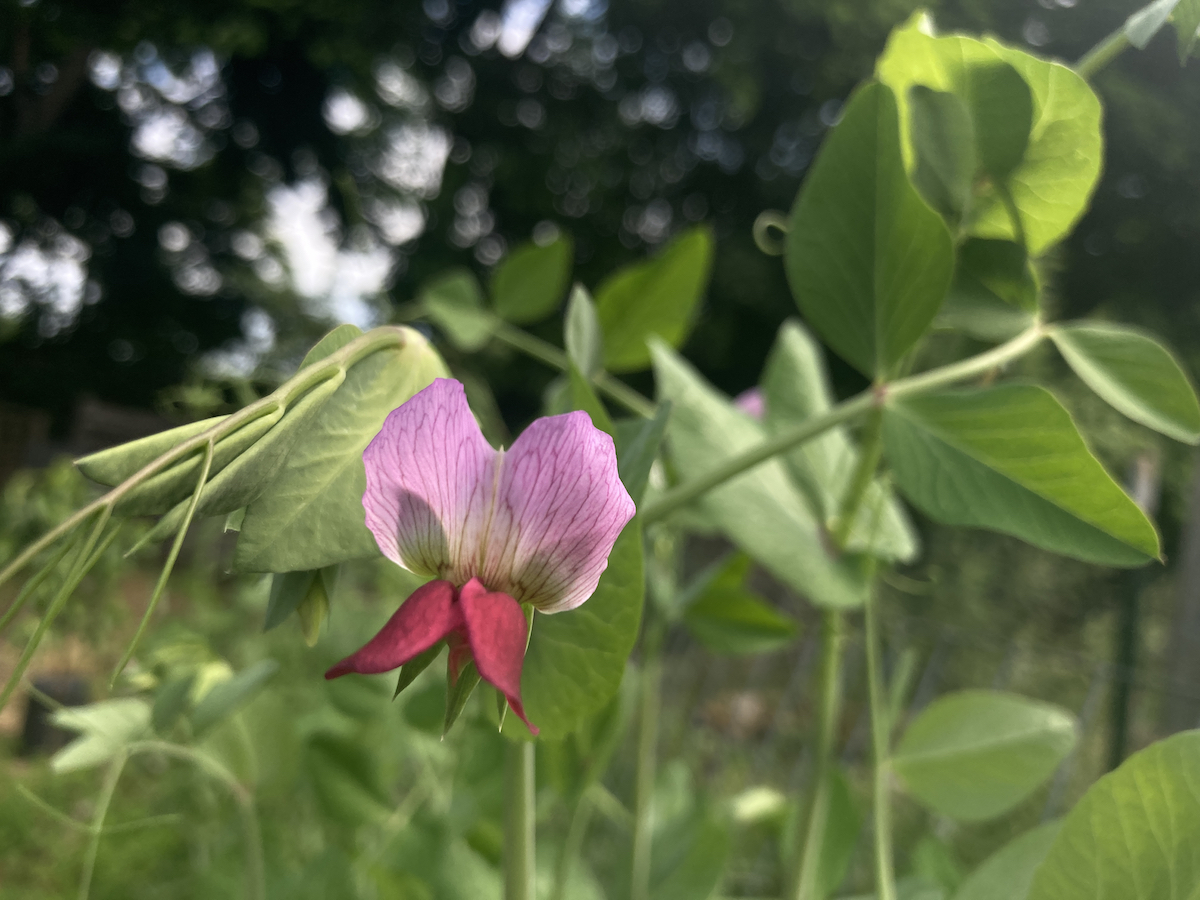
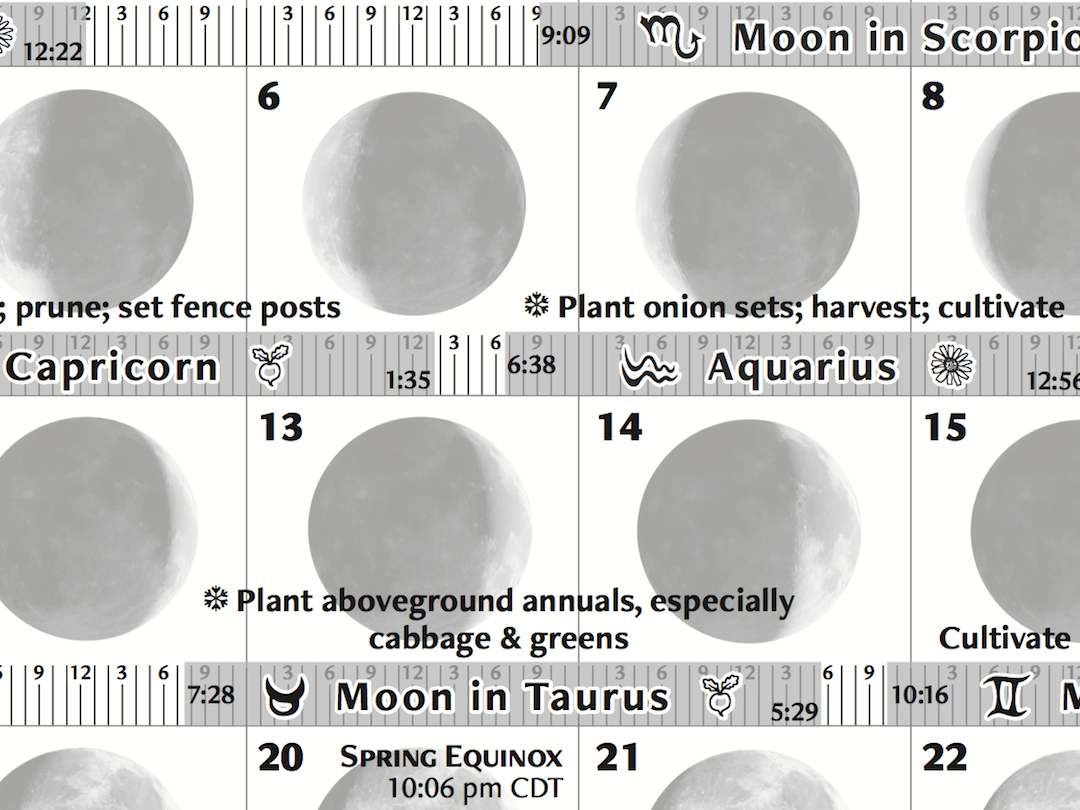
What is a ruling sign?
Just the sign that the moon is in for the greatest portion of the day—but that doesn’t mean the moon isn’t in another sign or void-of-course for a large portion of that same day. Cancer (the most fertile sign) and Leo (the LEAST fertile) are right next to each other, which means the moon could be in Cancer until 1 pm, in void until 2 pm , and in Leo for the rest of the day—so when you get home from work and rush to get some seeds in the ground before dinner on what your almanac has assured you is an incredibly fruitful day, you could be planting under the most barren sign.
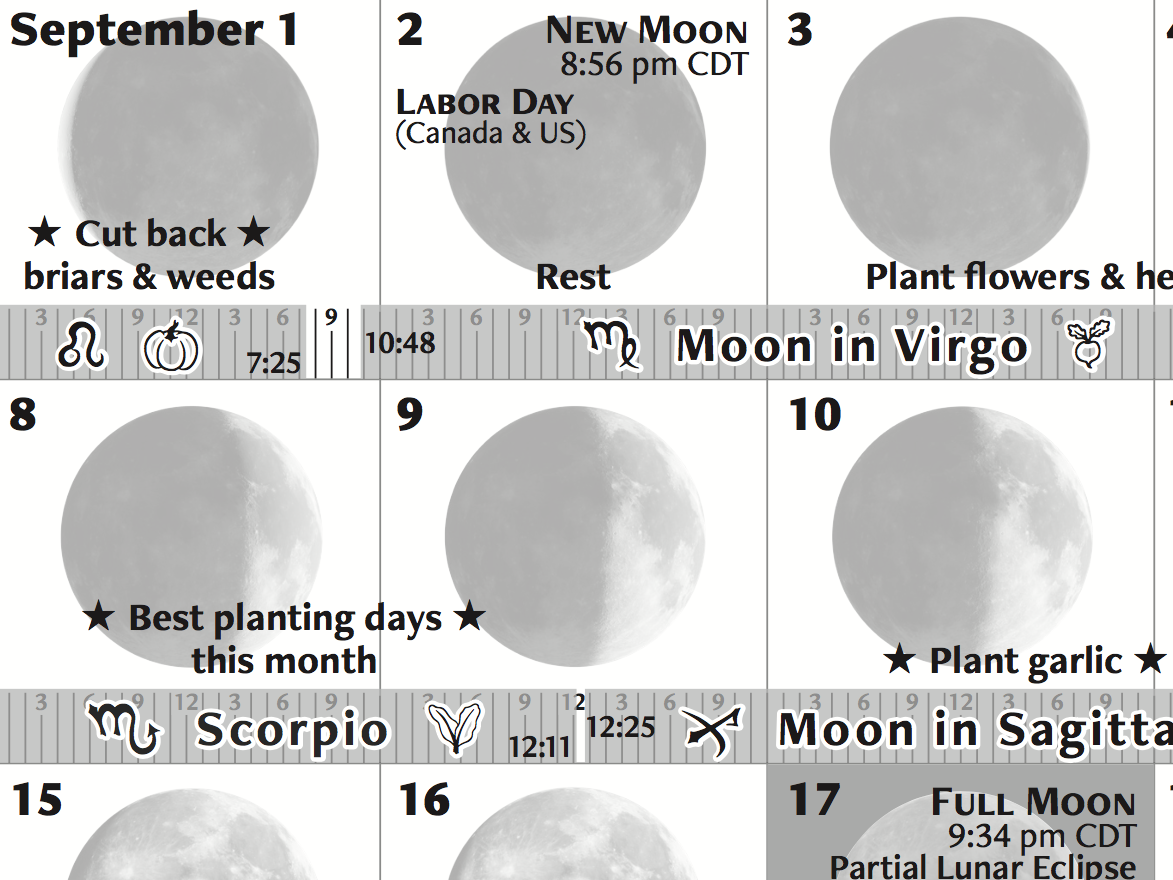
Complete Information
The other almanacs I consulted are all missing at least one of these pieces of information: eclipses, solstices/equinoxes, exact transit times, moon in void-of-course. None of them included frost date information and most lacked some standard calendar information (like federal holidays or even days of the week). Because tending to my plants and animals has to fit around my job, housework, and errands, I prefer to have a gardening calendar which also lets me keep track of my daily life, like my work schedule and when the post office is closed.
Starred Days
I did not find another moon gardening almanac or calendar that had an equivalent to our ★Best days★ where we bring your attention to the best planting days of the month, or to advantageous quarter/sign combinations that only occur once a year or once every few years.
Visual Representation
All lunar almanacs start with a complicated set of data like what’s pictured here. (Editor’s Note: The book this particular page is from is out of print–due to copyright issues I can’t include a picture of the ephemeris book we get our data from.) How each publishing company chooses to represent the same data is what sets our individual publications apart. Having looked through at least half a dozen publications all aiming to provide the same information, I have to say—some of them are confusing. None offer the time zone options we do, meaning I have to do math to get to my local time, and some of the layouts are just impossible for me to read, or require me to flip around a lot in the book to get the complete information for a week or month.
Written to Your Local Conditions
I did not find another gardening calendar with different editions for different climates. It seems our Short, Medium, and Long Season versions separate the wheat from the chaff. Frankly, having 3 versions adds a lot to the print cost, as each version requires its own set of black plates, but I know our customers treasure the individualized recommended activities and planting lists.

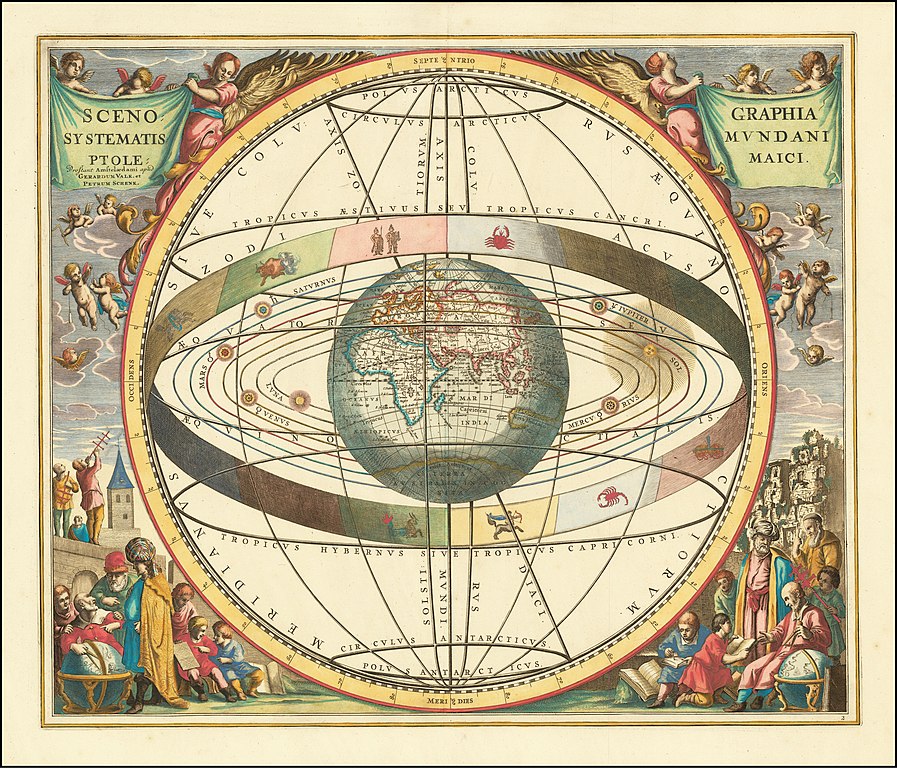
Geocentric vs Heliocentric
Most almanacs use geocentric reckoning, as we do, but some use heliocentric. Caren chose the geocentric method and we’re following in her footsteps, as it’s been shown to be more helpful in the garden:
‘[Dr. Timmins] observed that there had been similar tests reported that did not indicate results favorable to the moon-planting theory. As a scientist, he questioned why one set of experiments indicated a positive verification of moon planting, and others did not. Upon checking the other tests, he found that the experimenters had followed not the geocentric system for determining moon sign positions, but the heliocentric. When the times used in the other experiments were converted to the geocentric system, the dates chosen were found to be in barren rather than fertile moon signs.’

